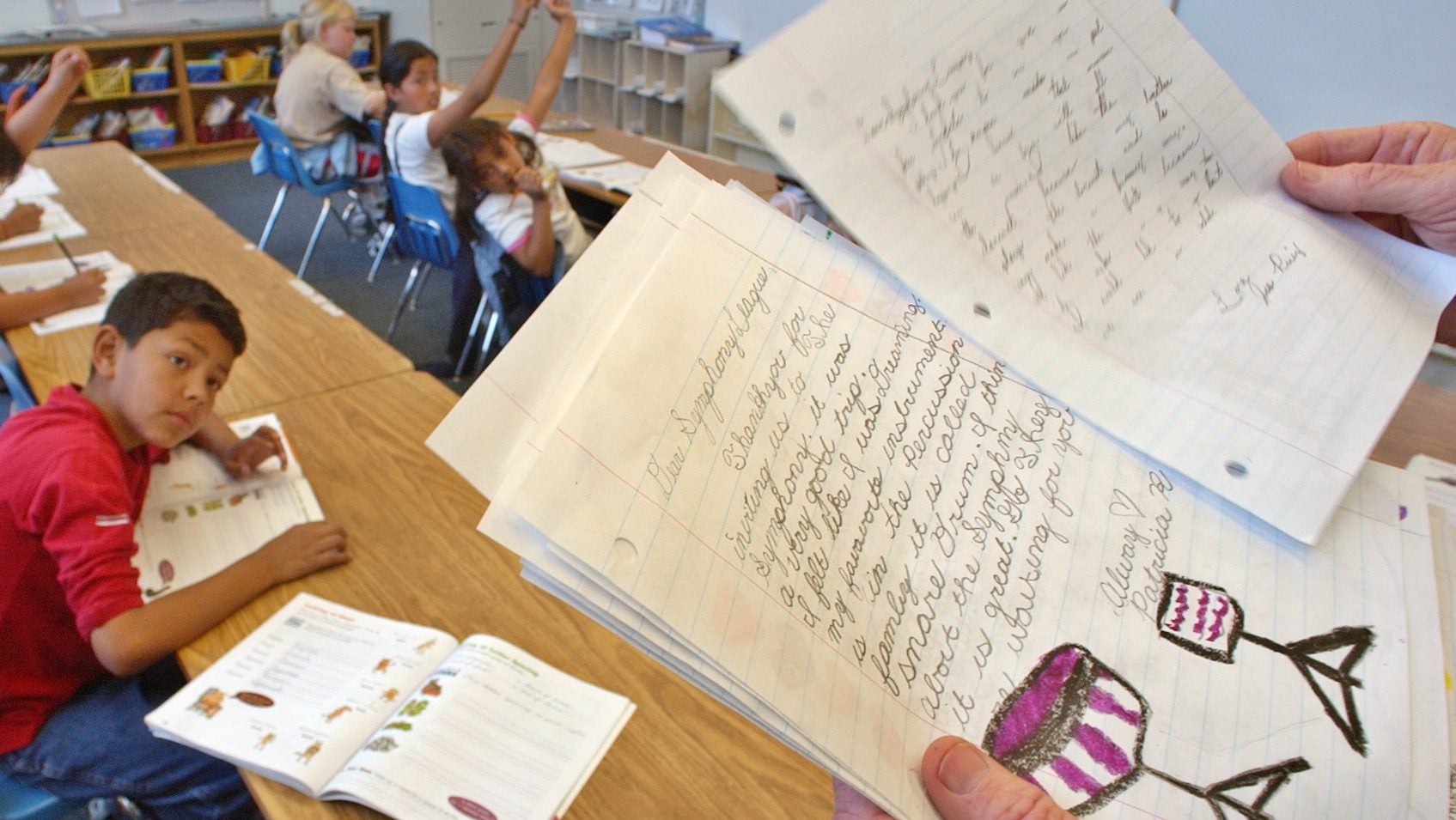More US states are requiring kids to learn cursive penmanship in school again
Ready those ruled writing pads and No. 2 pencils—the state of Arizona has announced plans to make cursive handwriting mandatory for all students.


Ready those ruled writing pads and No. 2 pencils—the state of Arizona has announced plans to make cursive handwriting mandatory for all students.
As outlined in the state’s new academic standards for language arts, unveiled yesterday, Arizona public-school students will start training their young hands to write in script in kindergarten class. Before they graduate to the sixth grade, students will be expected to be proficient in cursive. Amid many heated debates over the 21st century utility of penmanship, Arizona sees cursive writing as a “foundational skill” for learning.
The state’s new standards deviate from the US Common Core standards, which doesn’t require students to learn cursive, and Arizona is one of several US states fighting to save the lost art of handwriting. In Louisiana, cursive writing will be mandatory from third grade until high school. One school district in Ohio also sneaked penmanship back into their curriculum by calling it an art class.
“These new standards represent the final step in the repeal and replacement of Common Core in Arizona, and they reflect the thoughts and recommendations of thousands of Arizona citizens,” said Diane Douglas, the state’s superintendent of public instruction. The Arizona Board of Education said it considered 10,000 comments from the public while drafting the new standards for math and language arts.
Recent arguments for penmanship have centered less on forming fancy, calligraphic letterforms, and more on giving students the ability to read documents written in longhand. In 2014, Tennessee state legislator Sheila Butt proposed a bill to make cursive mandatory for third-graders there. She made her case to the legislature holding a copy of the US Declaration of Independence and the Bill of Rights in their original handwritten form.
“I’m thankful that I can read that…and I believe if we’re going to educate our students, that they deserve a right to know what’s in their past,” Butt said. “They need to know the traditions and the founding documents of this country and they need to be able to read those.”